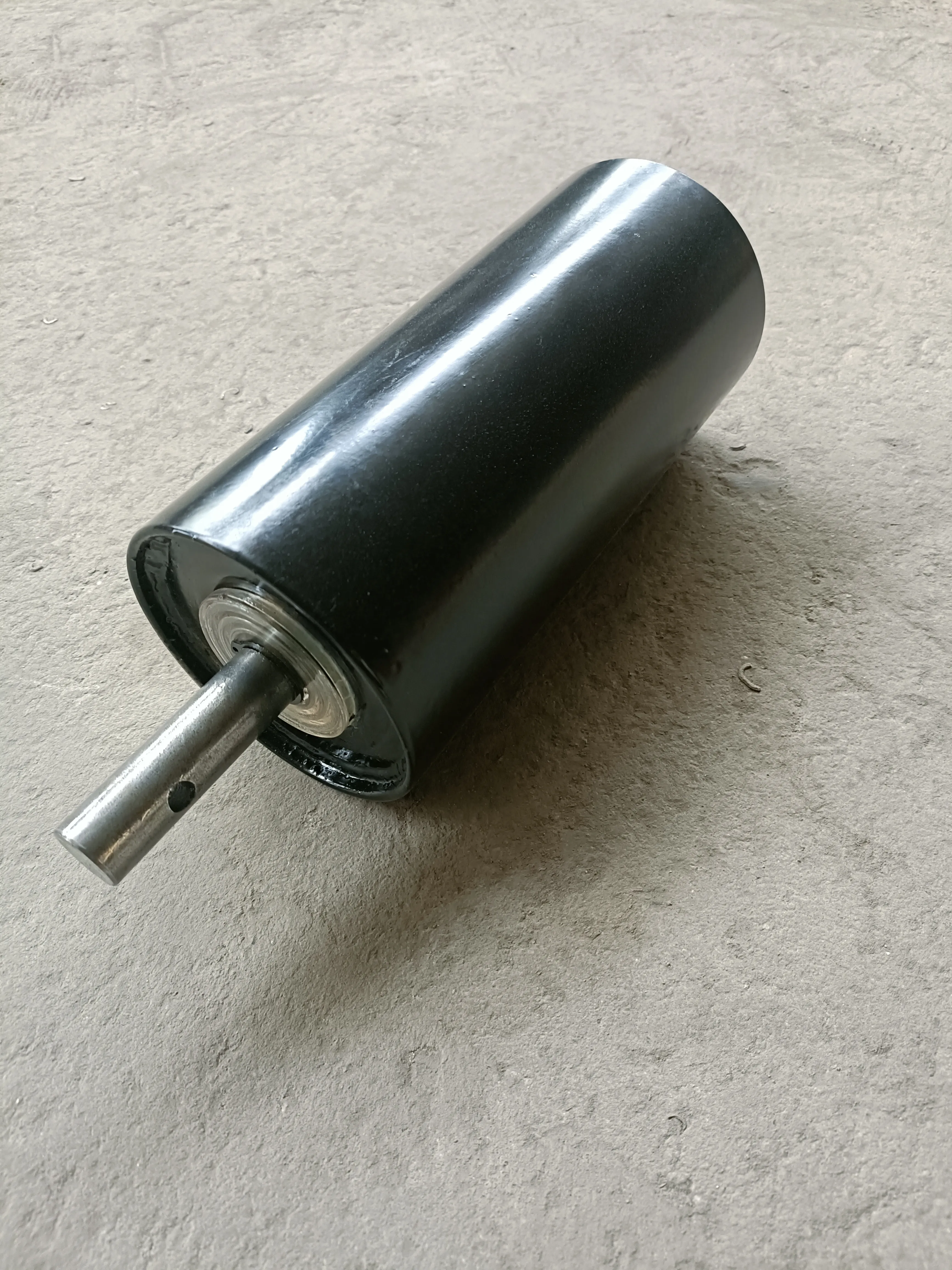 Afrikaans
Afrikaans  Albanian
Albanian  Amharic
Amharic  Arabic
Arabic  Armenian
Armenian  Azerbaijani
Azerbaijani  Basque
Basque  Belarusian
Belarusian  Bengali
Bengali  Bosnian
Bosnian  Bulgarian
Bulgarian  Catalan
Catalan  Cebuano
Cebuano  Corsican
Corsican  Croatian
Croatian  Czech
Czech  Danish
Danish  Dutch
Dutch  English
English  Esperanto
Esperanto  Estonian
Estonian  Finnish
Finnish  French
French  Frisian
Frisian  Galician
Galician  Georgian
Georgian  German
German  Greek
Greek  Gujarati
Gujarati  Haitian Creole
Haitian Creole  hausa
hausa  hawaiian
hawaiian  Hebrew
Hebrew  Hindi
Hindi  Miao
Miao  Hungarian
Hungarian  Icelandic
Icelandic  igbo
igbo  Indonesian
Indonesian  irish
irish  Italian
Italian  Japanese
Japanese  Javanese
Javanese  Kannada
Kannada  kazakh
kazakh  Khmer
Khmer  Rwandese
Rwandese  Korean
Korean  Kurdish
Kurdish  Kyrgyz
Kyrgyz  Lao
Lao  Latin
Latin  Latvian
Latvian  Lithuanian
Lithuanian  Luxembourgish
Luxembourgish  Macedonian
Macedonian  Malgashi
Malgashi  Malay
Malay  Malayalam
Malayalam  Maltese
Maltese  Maori
Maori  Marathi
Marathi  Mongolian
Mongolian  Myanmar
Myanmar  Nepali
Nepali  Norwegian
Norwegian  Norwegian
Norwegian  Occitan
Occitan  Pashto
Pashto  Persian
Persian  Polish
Polish  Portuguese
Portuguese  Punjabi
Punjabi  Romanian
Romanian  Russian
Russian  Samoan
Samoan  Scottish Gaelic
Scottish Gaelic  Serbian
Serbian  Sesotho
Sesotho  Shona
Shona  Sindhi
Sindhi  Sinhala
Sinhala  Slovak
Slovak  Slovenian
Slovenian  Somali
Somali  Spanish
Spanish  Sundanese
Sundanese  Swahili
Swahili  Swedish
Swedish  Tagalog
Tagalog  Tajik
Tajik  Tamil
Tamil  Tatar
Tatar  Telugu
Telugu  Thai
Thai  Turkish
Turkish  Turkmen
Turkmen  Ukrainian
Ukrainian  Urdu
Urdu  Uighur
Uighur  Uzbek
Uzbek  Vietnamese
Vietnamese  Welsh
Welsh  Bantu
Bantu  Yiddish
Yiddish  Yoruba
Yoruba  Zulu
Zulu Understanding the Mechanics of Standing Rollers in Modern Engineering Applications
Understanding Standing Rollers A Comprehensive Guide
Standing rollers, often referred to as roller stands or simply rollers, are essential tools in various industries, including manufacturing, woodworking, and packaging. They play a pivotal role in facilitating the movement and processing of materials, enhancing efficiency, and ensuring the safety of both operators and products.
What are Standing Rollers?
Standing rollers are elongated cylindrical devices mounted on a sturdy base, allowing them to remain upright. They are designed to support and aid the movement of heavy or cumbersome materials during various operations. The rollers typically comprise durable materials such as steel or high-density plastic, which ensure their longevity and strength.
Applications Across Industries
In woodworking, standing rollers are invaluable for handling large sheets of plywood or particleboard. By positioning these rollers strategically, workers can easily roll the boards as they cut, shape, or join them, significantly reducing the risk of injury from lifting heavy sheets. Furthermore, they promote a smooth workflow, allowing for more rapid production times.
In manufacturing environments, standing rollers assist in conveying materials through different processes. For instance, when assembling products or packaging goods, rollers help move components from one workstation to another. This not only speeds up the production line but also minimizes the strain on workers, as they no longer have to manually carry heavy loads.
Additionally, in the realm of packaging, standing rollers are utilized to support and transport products before they are packaged. They streamline the flow of goods and ensure that items remain upright and secure, reducing the potential for damage during transit.
Benefits of Using Standing Rollers
The advantages of incorporating standing rollers into operations are numerous. Firstly, they significantly enhance productivity. By allowing for the smooth transition of materials, workflows can be optimized, and time spent on manual lifting and carrying is minimized. This leads to faster turnaround times and ultimately, higher output.
standing roller

Secondly, standing rollers contribute to workplace safety. Heavy lifting can lead to various injuries, including strains and musculoskeletal disorders. By employing rollers, workers can bypass the need for manual handling of bulky items, thereby reducing the likelihood of accidents and injuries.
Moreover, standing rollers are adjustable and versatile. Many models allow for height adjustments and can be tailored to accommodate different sizes and weights of materials. This versatility makes them an ideal choice for businesses with varying operational demands.
Choosing the Right Standing Roller
When selecting standing rollers for specific applications, several factors should be considered
1. Load Capacity It's crucial to choose rollers that can safely support the weight of the materials being handled.
2. Material and Durability Opt for rollers made from sturdy materials that can withstand the demands of the specific environment and usage.
3. Adjustability Look for models that offer height adjustments and flexibility to accommodate varying tasks.
4. Ease of Mobility Some rollers come equipped with wheels, allowing for easier relocation when necessary.
Conclusion
In conclusion, standing rollers are indispensable tools that aid in the efficient movement and handling of materials across various industries. Their ability to enhance productivity, promote safety, and accommodate diverse operational needs makes them a worthwhile investment for any business. By understanding the importance of these tools, companies can optimize their workflows and create a safer, more efficient working environment.
-
Revolutionizing Conveyor Reliability with Advanced Rubber Lagging PulleysNewsJul.22,2025
-
Powering Precision and Durability with Expert Manufacturers of Conveyor ComponentsNewsJul.22,2025
-
Optimizing Conveyor Systems with Advanced Conveyor AccessoriesNewsJul.22,2025
-
Maximize Conveyor Efficiency with Quality Conveyor Idler PulleysNewsJul.22,2025
-
Future-Proof Your Conveyor System with High-Performance Polyurethane RollerNewsJul.22,2025
-
Driving Efficiency Forward with Quality Idlers and RollersNewsJul.22,2025





























